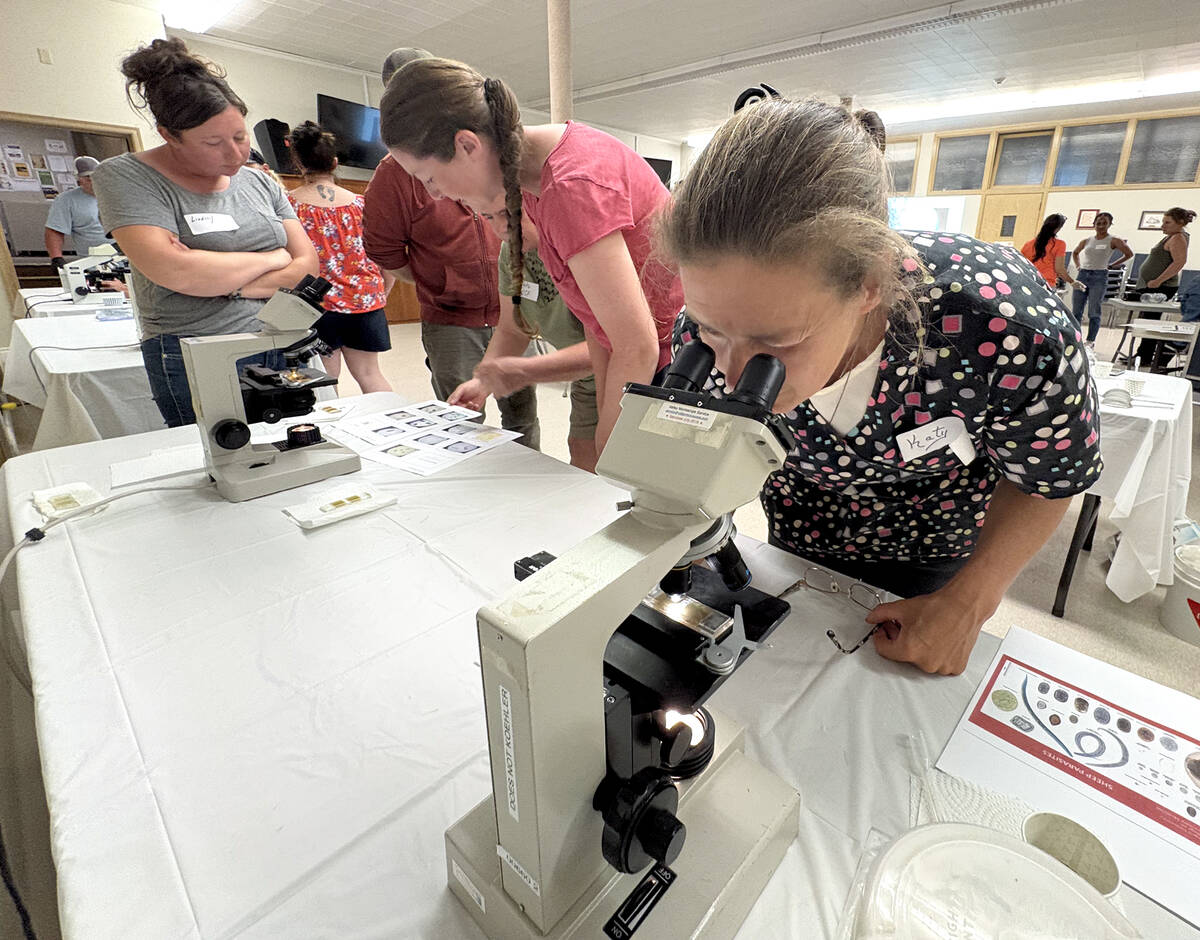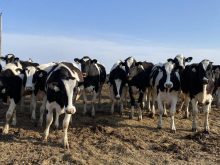Changes are coming to the way the Canadian Food Inspection Agency (CFIA) handles chronic wasting disease (CWD) in farmed elk populations, but what those changes are is up for debate.
“While we don’t have all the details yet — the federal government has signalled that they are giving up on the idea of eradicating the disease,” said a spokesman for Conservation Minister Gord Mackintosh. “The end of the federal eradication program will make it more difficult to keep CWD out of Manitoba. Obviously leaving the illness unchecked in infected populations in Saskatchewan increases the risk that infected animals from there could spread the disease here.”
Read Also

Smart deworming for sheep starts with individual fecal egg counts
Fecal egg count tests are one step to managing dewormer resistance and managing sheep parasites on Canadian sheep farms to maintain flock health.
But according to CFIA and the head of the Manitoba Elk Growers Association (MEGA), the program is being modified, not eliminated.
In an emailed response, a spokesman for CFIA said, “the agency can confirm that the program has not been cancelled.”
CFIA media relations officer Guy Gravelle said compensation payments continue for animals ordered destroyed under the Health of Animals Act and Regulations.
But he said experiences over the last decade have demonstrated CWD cannot be eradicated and that CFIA is moving away from pursuing eradication and towards managing the disease instead.
Changing management strategies makes sense to Ian Thorleifson, president of MEGA. He said much has been learned since the disease first appeared in the U.S. 50 years ago.
“All the experience we have, all the research that has been done shows it does not affect humans,” he said. “The other thing we have learned, is that in a farm situation the disease is quite controllable.”
That doesn’t mean it’s not a concern. Thorleifson said it is still a production-limiting disease that needs to managed in both wild and farmed elk populations.
But he takes issue with recent media reports stating the eradication program has been eliminated.
“That is absolutely not the case,” he said.
The elk farmer said there are ongoing discussions with the CFIA to establish how best to control CWD, which has not yet spread into Manitoba.
According to the government agency, CWD has been confirmed in 67 herds in Canada since 1996. The vast majority of those herds have been located in Saskatchewan, with two additional cases found in Alberta.
The CFIA quarantines all herds in which an animal tests positive for CWD and tracks movements of animals onto and off the affected premises. Exposed animals are destroyed.
Manitoba Conservation added that Manitoba also has measures in place to prevent the spread of CWD, including rapid response protocol for escaped farm elk and transportation restriction for animals in regions where the disease is present.
Manitoba Conservation will also discuss ways of keeping CWD out of Manitoba with the federal government, according to its government spokesman.
In addition, a joint CWD risk action strategy between Manitoba and Saskatchewan will be developed over the summer months. A main component of the strategy will be dealing with escaped farmed elk.
In March, nine farm elk escaped from an operation near the Manitoba-Saskatchewan border. As potential vectors for CWD, the province is continuing to search for the animals, now believed to be in western Manitoba, so that they can be destroyed and tested for the disease.


















